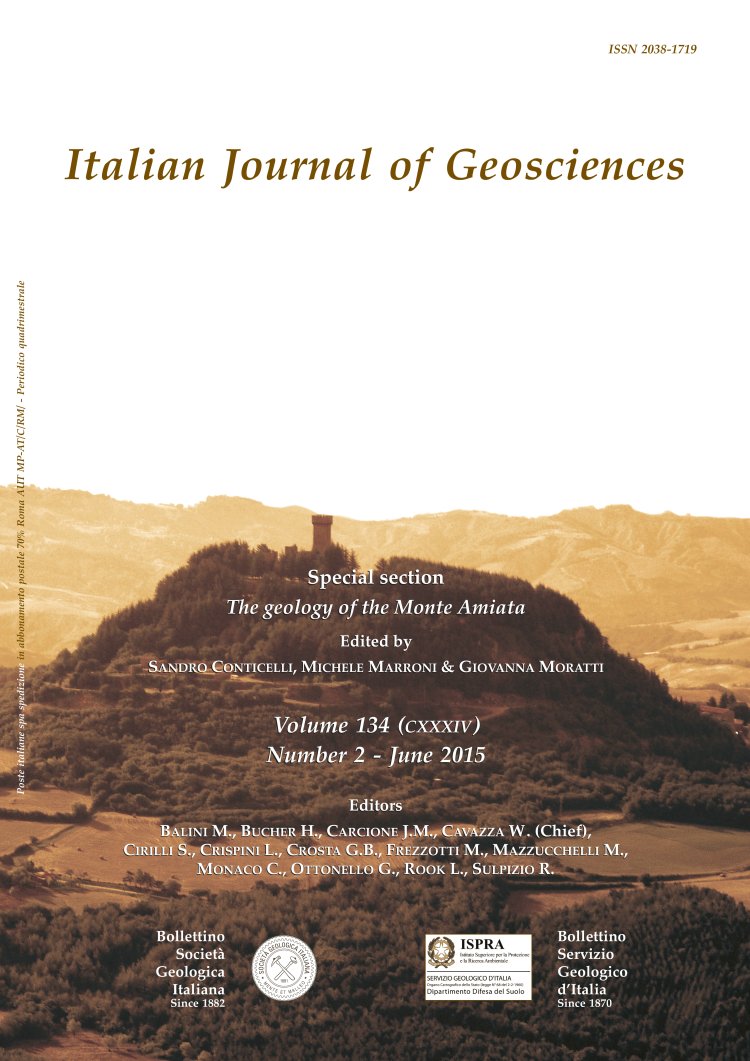
New insights on the Oligo-Miocene succession bearing phosphatic layers of the Maltese Archipelago
Niccolò Baldassini (*) & Agata Di Stefano (*)
(*) University of Catania, Dipartimento di Scienze Biologiche,Geologiche e Ambientali - Sezione di Scienze della Terra, Corso Italia, 57 - 95129 Catania, Italy, nbaldas@unict.it; distefan@unict.it - Phone: +39-095-7195713, Fax: +39-095-7195712.
Volume: 134 (2015) f.2
Pages: 355-366
Abstract
The Maltese Archipelago sedimentary succession is nowadays very well studied and known, mostly due to the excellent exposures of the outcrops, the well-preserved calcareous microfossil content, and the cyclic lithological pattern of most of the stratigraphic intervals. Therefore, the Maltese sediments have been studied to establish updated calcareous plankton biostratigraphic schemes, and the Ras il Pellegrin section, along the western coast of Malta Island, has been chosen to host the Global Stratigraphic Section and Point of the Serravallian Stage. This paper focuses on the Maltese Oligo-Miocene succession bearing well-developed phosphatic beds, with particular attention to the evaluation of the associated sedimentary hiatuses. To achieve this goal, the calcareous nannofossils content of the marine sediments inter-bedded to the phosphatic horizons has been analysed in two key sections: Il Blata (W of the Malta Island) and Qammieh (N of the Malta Island). Furthermore, the good correspondence of the examined succession with the third-order sequences of the New Jersey passive margin, allowed a more refined definition of the intervals characterized by absence of "normal" marine sedimentation. Dissimilarities in the number of the phosphatic horizons characterizing the two sections have been explained supposing different locations of the two depositional areas within the sedimentary basin, probably affected by local syn-sedimentary tectonic activity. Finally, the correlation of the two investigated successions with the stable Oxygen isotope curve provided relationships between the origin of the phosphatic layers and global sea-level changes.
Keywords
Maltese Archipelago, phosphatic horizons, calcareous nannofossils, late Oligocene-middle Miocene, sea-level changes.
Get Full Text